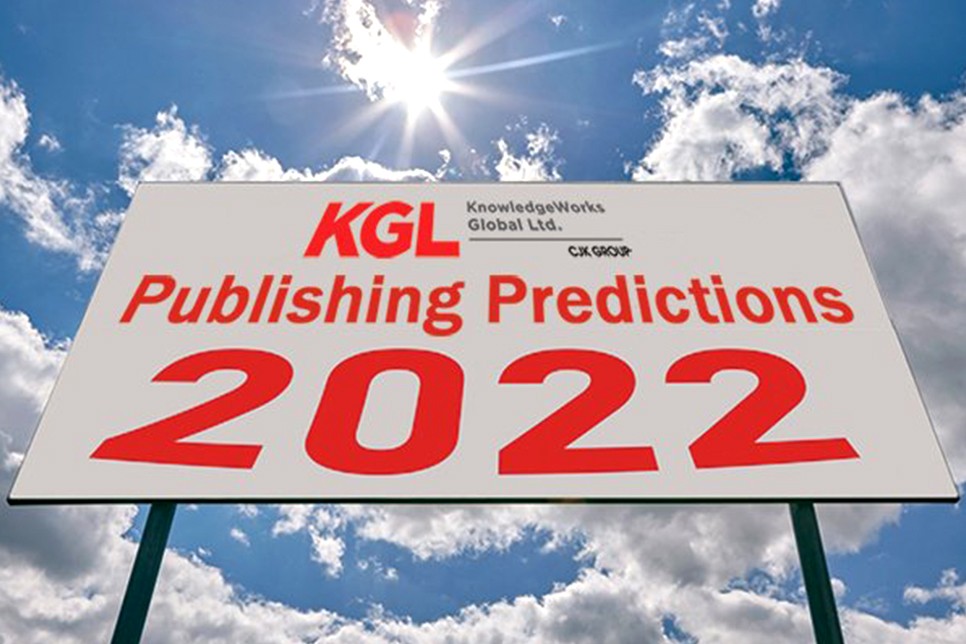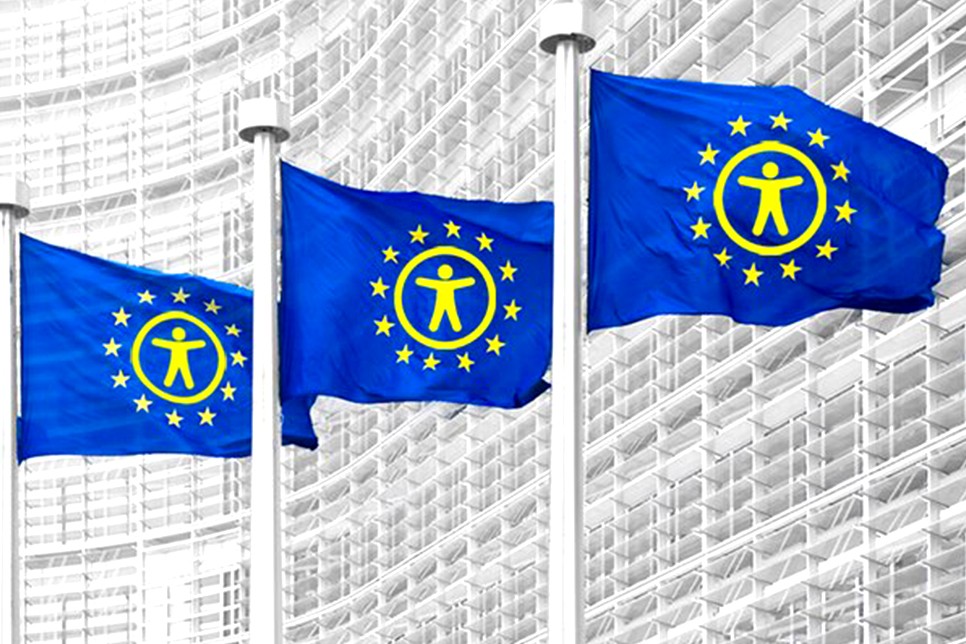
In July we published an article entitled, The Meteoric Rise of Video Content which looked at how different parts of the publishing world were increasingly working with video-based content, particularly in the shorter form.

In what has become an annual tradition here at KGL, we take stock at the start of the year, consult our publishing experts, and go out on a limb to try and foretell what the future holds for our industry.

Accessibility has been the buzzword in publishing over the last several years as the industry embraces the need to make its content available to all readers. We at KGL have previously highlighted innovations in accessibility in K-12 learning and also potential hazards of not making scholarly content accessible.

In an article we published on this blog back in 2017, we highlighted some of the challenges, complexities and benefits associated with making digital educational content (K-12 and Higher Ed) more accessible for visually and cognitively impaired readers.

Two years ago, we (as Cenveo at the time) hosted a panel discussion at the SSP Annual Meeting, which brought the subject of accessibility to the center stage and helped shine a spotlight on the importance of making content accessible to readers with disabilities, such as learning difficulties and visual impairments.

Chances are good that you have visited a journal website that was so easy to use and provided such a seamless readership experience that you bookmarked the website for future visits.

Here are some best practices for promoting inclusion and creating effective learning that resonates with a diverse workforce.

At around the same time last year, publishing industry experts and analysts looked ahead with optimism, hope and excitement as they speculated on what wonders 2020 might bring.

Recently, we were very excited to welcome the PubFactory hosting platform to KnowledgeWorks Global Ltd.’s end-to-end portfolio of publisher services.










